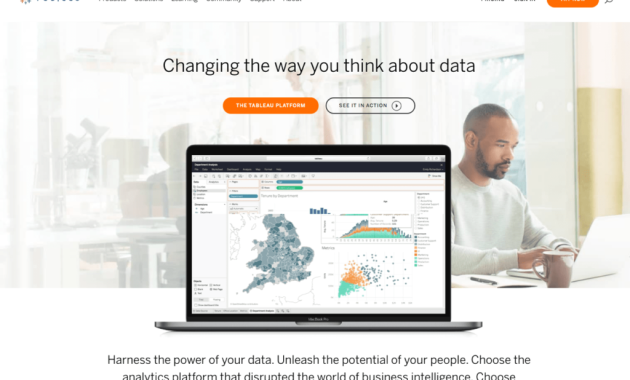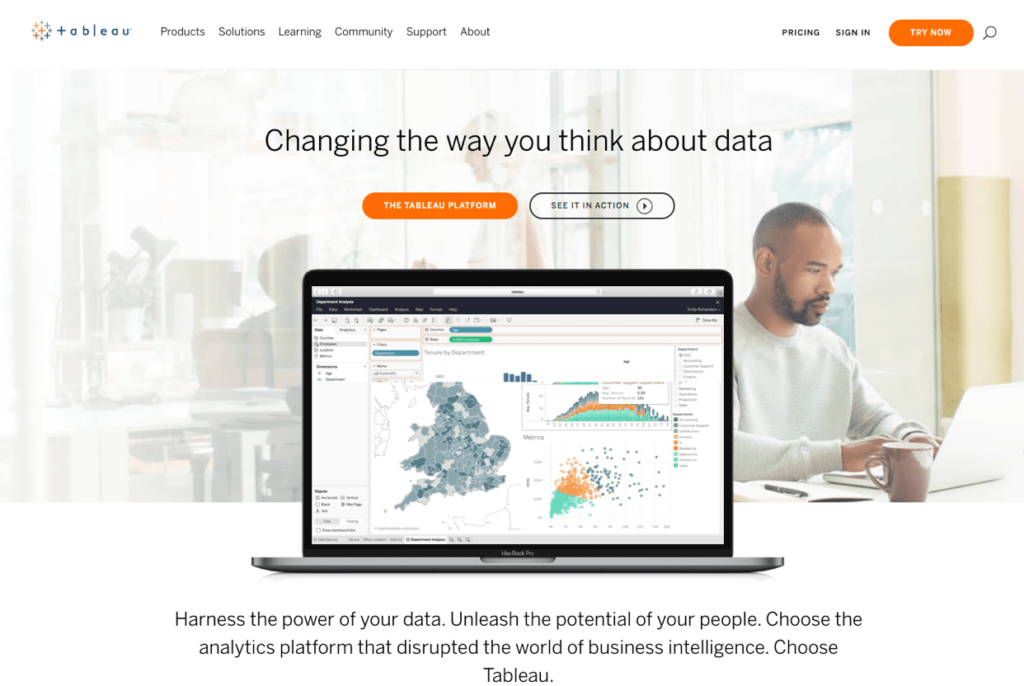
Unveiling the Best 11 Business Intelligence Tools for Real-Time Reporting
In today’s fast-paced business environment, the ability to make informed decisions quickly is crucial for success. Real-time reporting, powered by robust business intelligence (BI) tools, provides this capability. These tools transform raw data into actionable insights, enabling businesses to monitor performance, identify trends, and respond effectively to market changes. This article delves into the best 11 business intelligence tools for real-time reporting, evaluating their key features, strengths, and suitability for various business needs.
The demand for real-time reporting has surged. Businesses need to understand what is happening now. They need to use this information to stay competitive. This article explores the best tools for real-time reporting. These tools empower businesses to thrive in the current market.
Understanding the Importance of Real-Time Reporting
Real-time reporting offers a significant advantage over traditional reporting methods. Instead of relying on outdated data, businesses can access up-to-the-minute information. This immediacy allows for faster decision-making. It also enables more proactive responses to emerging opportunities and threats. Businesses can quickly identify anomalies and trends.
Real-time reporting empowers businesses with several critical benefits:
- Enhanced Decision-Making: Access to current data allows for more informed and strategic choices.
- Improved Operational Efficiency: Monitoring key performance indicators (KPIs) in real-time can streamline processes and reduce inefficiencies.
- Increased Agility: The ability to quickly adapt to market changes or internal challenges is crucial.
- Better Customer Experience: Understanding customer behavior in real-time helps businesses personalize interactions and improve satisfaction.
Key Features to Look for in Real-Time Reporting Tools
Selecting the right BI tool is vital. Several features are essential for effective real-time reporting. These features ensure the tool meets your business requirements. Consider these crucial aspects when evaluating BI tools:
- Data Connectivity: The tool should seamlessly integrate with various data sources. This includes databases, cloud services, and other business applications.
- Real-Time Data Processing: The ability to ingest, process, and display data in real-time. This is the core function of any real-time reporting tool.
- Interactive Dashboards: Customizable dashboards that allow users to visualize data. These dashboards should provide insights at a glance.
- Alerting and Notifications: Automated alerts that notify users of critical changes or anomalies.
- Scalability: The tool should be able to handle increasing data volumes. It must maintain performance as your business grows.
- User-Friendly Interface: An intuitive interface that allows users to easily navigate and understand the data.
- Mobile Accessibility: The ability to access reports and dashboards on mobile devices. This ensures you can monitor performance from anywhere.
Top 11 Business Intelligence Tools for Real-Time Reporting
Here’s a detailed look at 11 of the best business intelligence tools. These tools are known for their real-time reporting capabilities. Each tool offers unique features and benefits. These tools are suitable for different business needs and sizes.
1. Microsoft Power BI
Microsoft Power BI is a leading BI tool. It provides powerful real-time reporting capabilities. Power BI integrates well with other Microsoft products. It offers various data connectors, interactive dashboards, and easy data visualization. Power BI is a popular choice for businesses of all sizes. It offers a user-friendly interface and robust features. Power BI supports real-time data streaming from various sources.
2. Tableau
Tableau is renowned for its data visualization capabilities. It is a powerful tool for creating interactive dashboards. Tableau offers real-time data connectivity. It connects to many data sources. Tableau’s drag-and-drop interface makes it easy to use. It provides a rich set of features for data exploration and analysis. Tableau is suitable for businesses that prioritize visual data storytelling. Tableau supports real-time data streams.
3. Qlik Sense
Qlik Sense is another strong contender in the BI market. It offers a unique associative data model. Qlik Sense enables users to explore data in a more intuitive way. Its real-time reporting capabilities are excellent. Qlik Sense provides advanced analytics features. It is suitable for businesses needing deep data insights. Qlik Sense is known for its data discovery capabilities. It allows users to uncover hidden patterns.
4. Domo
Domo is a cloud-based BI platform. It is designed for real-time data analysis and reporting. Domo offers a comprehensive suite of features. These features include data integration, visualization, and collaboration tools. Domo is suitable for businesses that need a unified platform. It supports real-time data streaming from a variety of sources. Domo is designed to be user-friendly and accessible.
5. Sisense
Sisense is a powerful BI tool. It is designed for complex data analysis and reporting. Sisense offers in-memory processing. This allows for fast data retrieval and real-time insights. Sisense offers advanced analytics capabilities. It is suitable for businesses with large datasets. Sisense is known for its scalability and performance. Sisense supports real-time data reporting.
6. Looker (Google Cloud)
Looker, now part of Google Cloud, is a data analytics platform. It offers real-time data exploration and reporting. Looker uses a semantic layer. This ensures data consistency across the organization. Looker provides robust data modeling capabilities. It is suitable for businesses with complex data requirements. Looker integrates well with Google Cloud services. Looker offers real-time reporting features.
7. SAP Analytics Cloud
SAP Analytics Cloud is a cloud-based BI solution. It offers real-time reporting and planning capabilities. SAP Analytics Cloud integrates with SAP systems. It provides advanced analytics features. SAP Analytics Cloud is suitable for businesses using SAP products. It can also be used for planning and forecasting. SAP Analytics Cloud supports real-time reporting.
8. Oracle Analytics Cloud
Oracle Analytics Cloud is a comprehensive BI platform. It offers real-time reporting and data analysis capabilities. Oracle Analytics Cloud integrates with Oracle products. It provides a wide range of data connectors. Oracle Analytics Cloud is suitable for businesses using Oracle databases. It also provides robust data visualization tools. Oracle Analytics Cloud supports real-time reporting.
9. ThoughtSpot
ThoughtSpot is a search-driven analytics platform. It allows users to ask questions about their data. ThoughtSpot provides real-time insights. It is easy to use. ThoughtSpot is suitable for businesses that want to empower their users. It offers instant access to data insights. ThoughtSpot supports real-time data analysis.
10. Yellowfin BI
Yellowfin BI is a comprehensive BI platform. It offers real-time reporting and data visualization capabilities. Yellowfin BI provides automated insights. It also offers collaborative features. Yellowfin BI is suitable for businesses that need a complete solution. It supports real-time data streaming. Yellowfin BI is known for its ease of use.
11. MicroStrategy
MicroStrategy is a robust BI platform. It offers advanced analytics and real-time reporting capabilities. MicroStrategy is designed for large enterprises. It offers powerful data governance features. MicroStrategy supports real-time data integration. It is known for its scalability and security. MicroStrategy supports real-time reporting capabilities.
Implementing Real-Time Reporting: A Step-by-Step Guide
Implementing real-time reporting involves several steps. This ensures a successful deployment. Here’s a step-by-step guide to help you.
- Define Your Requirements: Identify your business needs. Determine the key metrics you want to track.
- Choose the Right Tool: Select the BI tool that best fits your requirements. Consider its features, scalability, and ease of use.
- Connect to Data Sources: Configure the tool to connect to your data sources. Ensure all your data is accessible.
- Design Dashboards and Reports: Create interactive dashboards. Design reports that visualize your data effectively.
- Set Up Alerts and Notifications: Configure alerts to notify you of critical changes. Ensure you receive timely updates.
- Test and Validate: Test the reports and dashboards. Validate the accuracy of the data.
- Train Users: Train your users on how to use the tool. Ensure they can effectively utilize the reports.
- Monitor and Optimize: Continuously monitor the performance. Optimize the dashboards and reports.
Conclusion: Embracing the Power of Real-Time Reporting
Real-time reporting is no longer a luxury. It is a necessity for businesses. These 11 business intelligence tools offer powerful capabilities. They provide real-time data insights. They enable businesses to make informed decisions. By leveraging these tools, organizations can gain a competitive edge. Businesses can adapt to market changes effectively. They can improve their operational efficiency. Embrace the power of real-time reporting. Transform your data into actionable intelligence. Drive your business toward sustainable success. The best 11 business intelligence tools for real-time reporting provide a range of options.
Choosing the right tool depends on specific business needs. Consider factors like data volume, features, and budget. Explore the options. Implement real-time reporting to transform your data into a powerful asset. The right BI tool helps you leverage the power of real-time reporting. It will give your business a competitive edge. The demand for real-time reporting will continue to grow. Businesses must adopt these tools to remain competitive.
[See also: The Future of Business Intelligence, Data Visualization Best Practices, Choosing the Right BI Tool]

